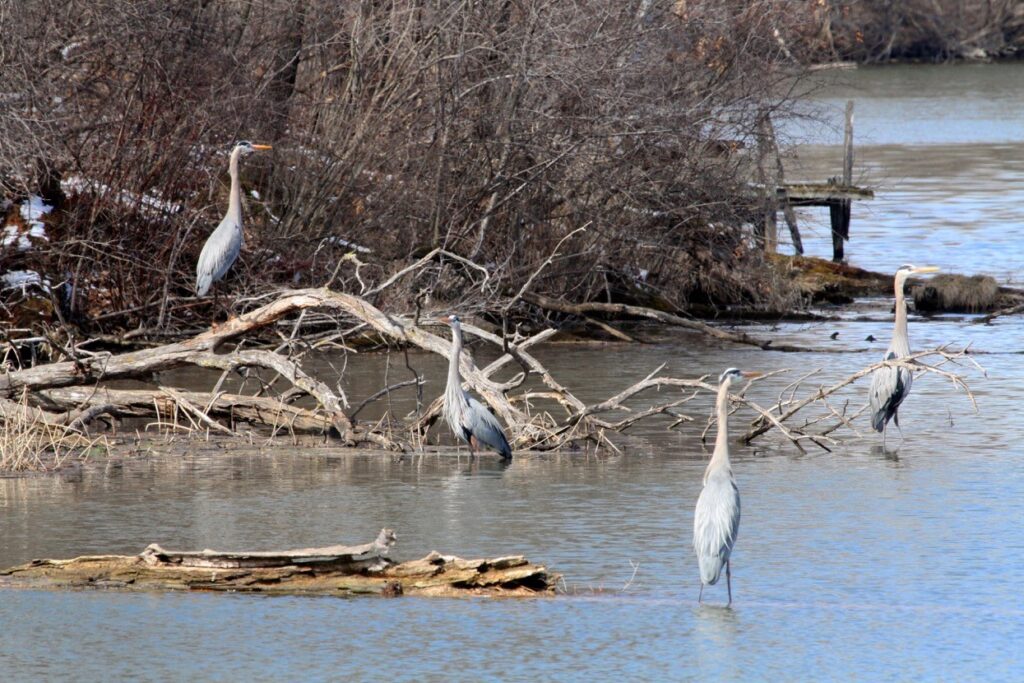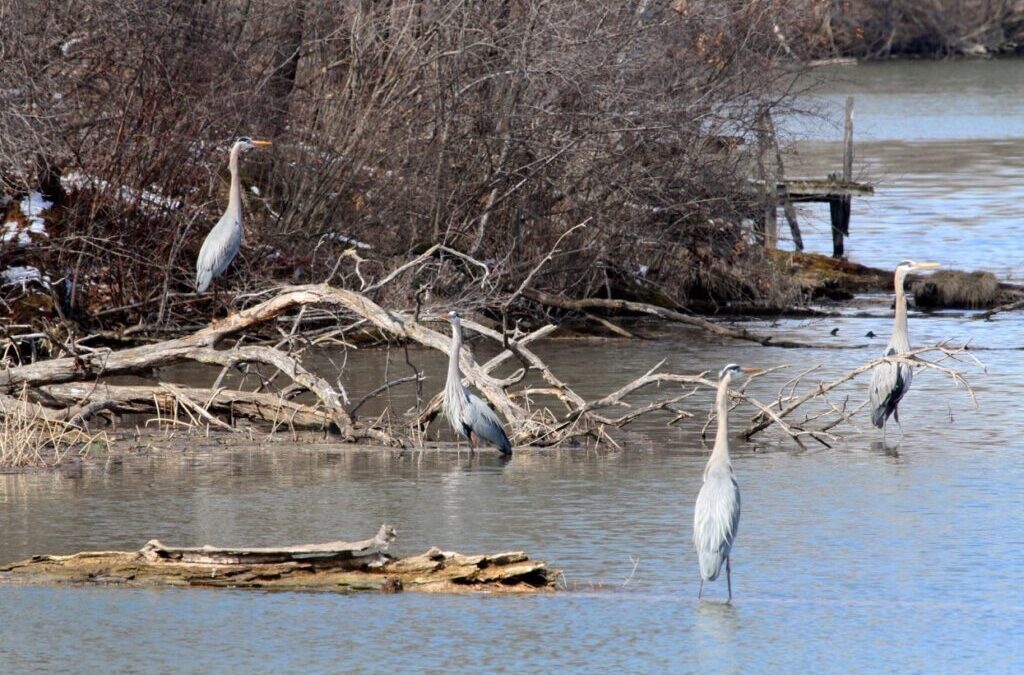
In addition to other changes, the U.S. Army plans to stop testing residential wells near Weigand’s Bay on Lake Wisconsin for explosives and other toxic chemicals.
The U.S. Army has quietly submitted a 272-page report to the Wisconsin Department of Natural Resources (WDNR) which includes recommendations for both adding and eliminating certain groundwater and residential wells from the Army’s current sampling plan in and around the former Badger Army Ammunition Plant. The March 2025 proposed plan was decidedly not shared by the Army at its April 10 public meeting on cleanup.
Badger is the source of four separate groundwater contaminant plumes containing explosives and other toxic chemicals. Three of these plumes have migrated offsite into nearby residential areas.
In the Town of Merrimac, for example, the Army is proposing to stop sampling 19 residential wells located southeast of the Deterrent Burning Ground groundwater contaminant plume and adjacent to Weigand’s Bay (MAP).
In the Town of Sumpter, there are fifteen groundwater monitoring wells associated with the Central plume that are not included in the proposed future sampling plan.
In 2018, the highest concentration of one PFAS chemical (PFOS) reported in groundwater at Badger was 14 parts per trillion (ppt) – exceeding the federal screening level of only 4 ppt. Elevated levels of PFOS were detected in groundwater monitoring wells located upgradient of private wells along Keller Road in the Town of Sumpter. The Army’s plan, however, does not propose testing any residential wells anywhere for PFAS.
These and other changes could be implemented later this year or in early 2026, Army officials said.
The voluminous groundwater report was prepared in response to a request from the WDNR, Army officials said. The report focuses on the last 10 years of sampling and makes a number of significant recommendations. WDNR will be submitting formal comments to the U.S. Army – WDNR generally tries to review and comment on reports within 60 days although there is no formal time frame.
Citizens for Safe Water Around Badger (CSWAB) has spoken with both the WDNR and Army officials, asking that a public meeting be held to inform and engage the public in this decision-making process including members of the Badger Restoration Advisory Board (RAB). Members of the Badger RAB include local, county, state and tribal government, CSWAB and other environmental/conservation organizations, and area residents.
Army officials have agreed to add the proposed groundwater testing modifications to the agenda for the upcoming public Badger RAB meeting on July 17, 2025. WDNR plans to attend the meeting and will be available for questions. Concerned residents may also contact WDNR by reaching out to Luke Lampo at (608) 206-5809 or luke.lampo@wisconsin.gov and/or Issac Ross at (414) 750-7140 or issac.ross@wisconsin.gov.
-END-

